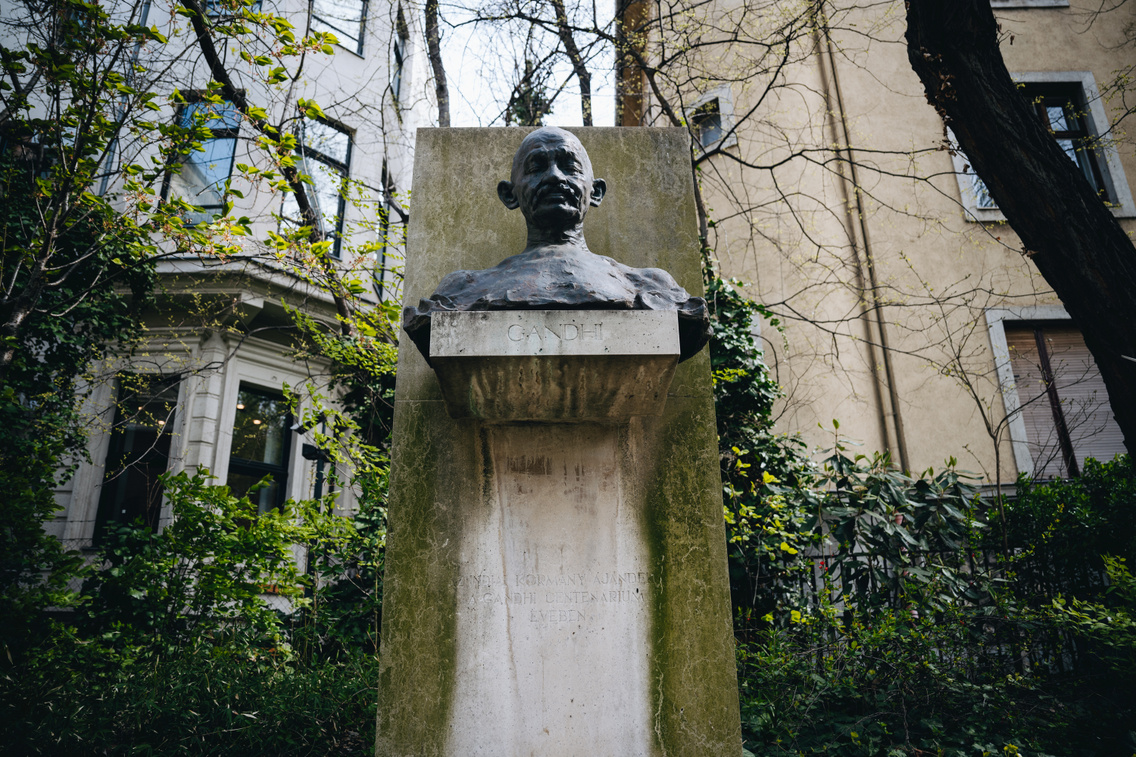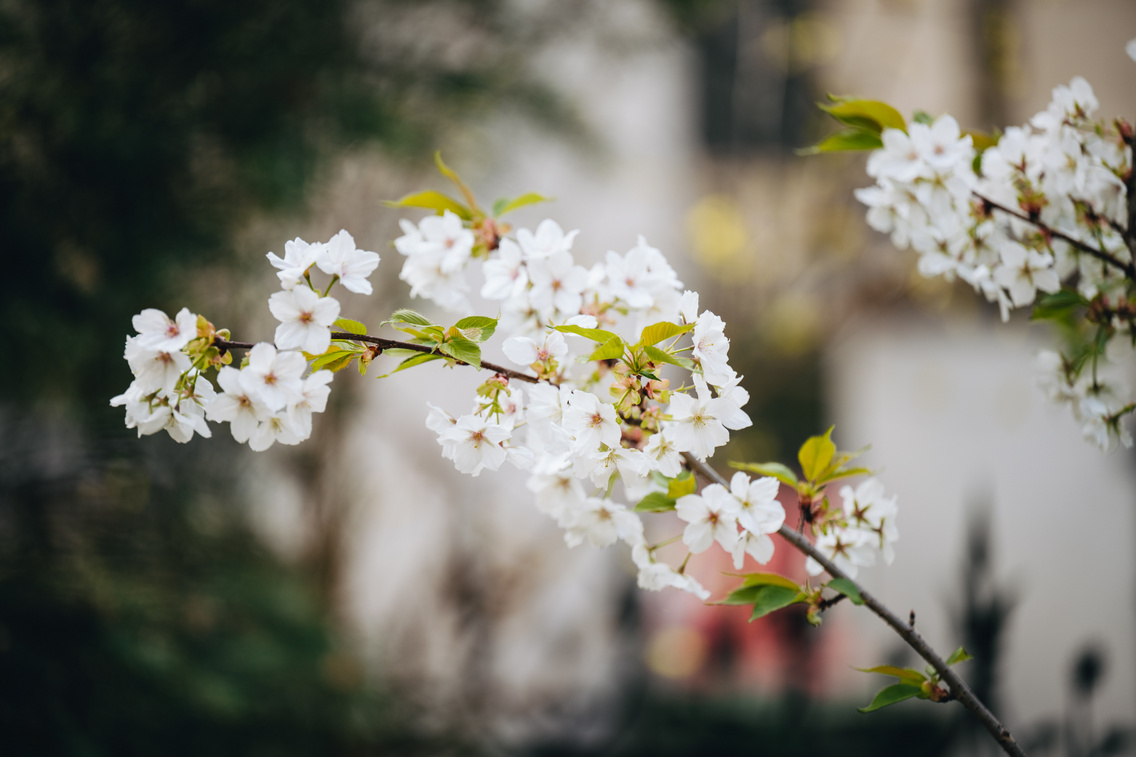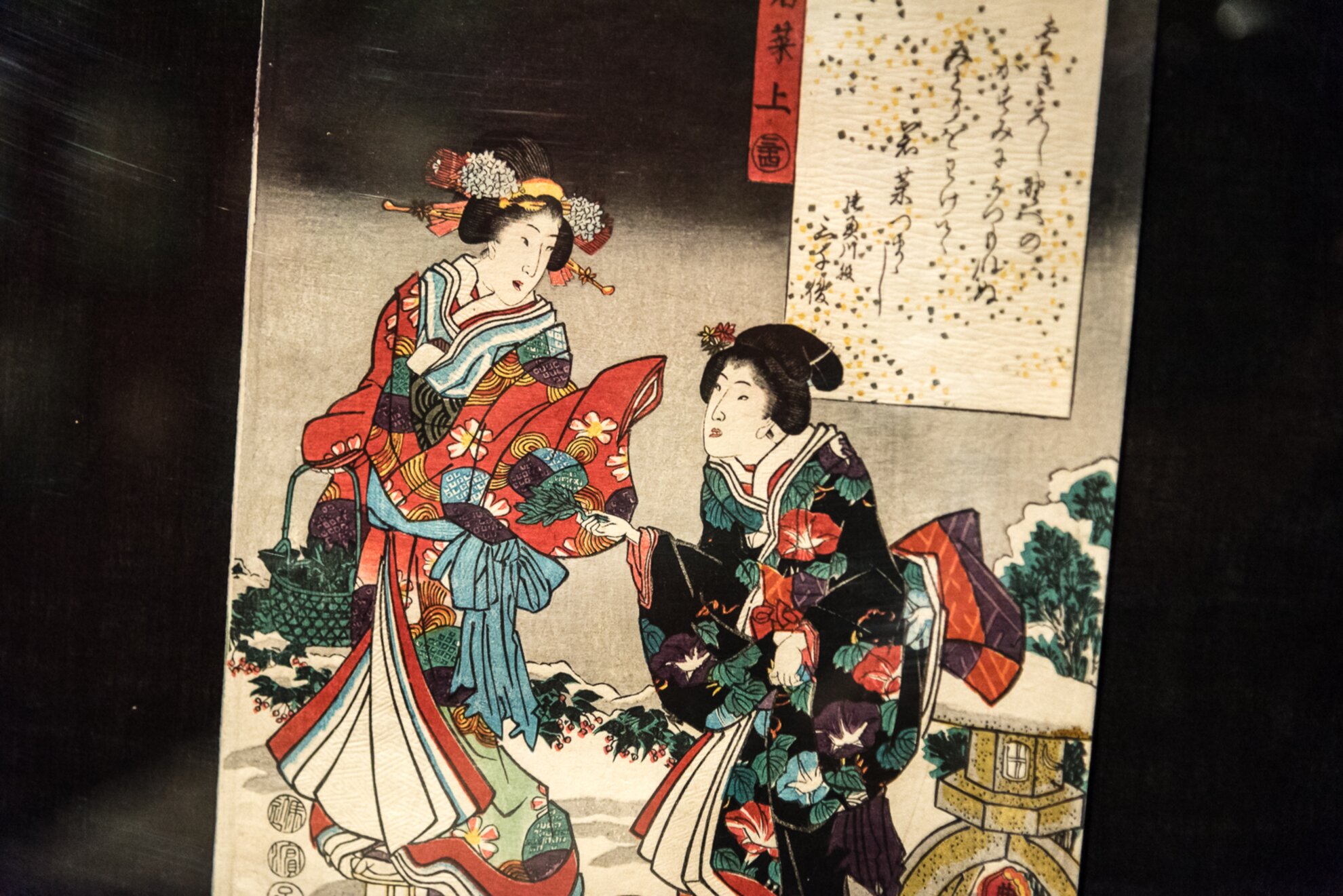Entering the grounds of the Ferenc Hopp Museum of Asiatic Arts feels like being whisked away thousands of miles in an instant. A traditional pagoda, a graceful moon gate, and a wealth of exotic greenery greet those who venture in. Although not vast in size, the garden's secluded, romantic nooks and winding paths create the illusion of wandering through a much larger park. It's a spot we'd heartily recommend to anyone keen to experience the exquisite and harmonious aspects of Japanese and broader Asian culture right in the heart of Budapest. Here, one can appreciate the profound attention paid to the changing seasons during communal festivities, sharing the simple joy of watching flower petals drift on the breeze.
The founder: Ferenc Hopp, optician and globetrotter
The garden owes its existence to the optician and globetrotter, Ferenc Hopp. Born in 1833, Hopp started his career as an optician's apprentice at the tender age of 13, later furthering his studies in Vienna and New York. On his return home, he became a partner in his former master's business, amassing his fortune through the manufacture of cameras and educational visual aids for schools. However, Hopp's entrepreneurial and innovative spirit wasn't confined to his work; he was also a keen traveller, venturing to India, China, and Japan.



Hopp's incredible travels led him to bring back numerous exotic treasures, soon outgrowing his boulevard flat. In the 1880s, he acquired his new home – the present museum – from the Knorr family. Though unmarried, his villa was always lively with visitors, including many international friends. The optician/traveller proudly displayed his rich collection of Eastern art and exotic plants. Even then, the garden was considered one of Pest's finest, and thankfully, photos and descriptions remain, though the original pond and bridge are gone. Many plants and artworks still date back to his time.


Completely enchanted by the Bogor Botanical Gardens in Indonesia during his first Asian trip, Hopp was inspired to create something similar at his Andrássy Avenue home. Rather than following one specific Asian style, the garden beautifully blends Hopp's travel memories into a green haven, most closely resembling tranquil Japanese tea gardens.
Tea garden with Chinese and Indian influences
Influenced by Chinese and Indian styles, this tea garden is designed for contemplation and a slower pace, easing the transition from daily life, particularly when preparing for a tea ceremony. Amongst the Japanese features in the front garden, a lovely antique Kasuga stone lantern and a granite pagoda set a peaceful tone. A traditional tsukubai, a stone basin for ritual handwashing, also graces the entrance.



Beyond Japanese elements, the garden hints at Chinese and Indian cultures. Consider the Chinese moon gate, its roof tiles and ornaments specifically sourced from China by Ferenc Hopp. These doorless gates symbolise welcome. An Indian elephant, a Gandhi statue, and a Chinese blessing turtle further enhance this cultural blend, a story beautifully echoed by the diverse plant life.







The garden is always lovely, but it truly shines in spring and autumn. Right now, the fresh April greenery and blossoms, including the Japanese cherry trees, create a truly serene atmosphere.



A notable botanical treasure is the roughly 150-year-old ginkgo tree (Ginkgo biloba), under whose shade Ferenc Hopp himself might have relaxed.




Near the moon gate stands the Chinese lacquer tree, the source of the distinctive lacquer finish on Far Eastern objects. Interestingly, Japanese wax, used for sumo wrestlers' hairstyles, is made by combining its sap with sumac.


Informative signs point out that the stunning peonies are among the oldest cultivated plants globally. We also discover that the iconic Chinese guardian Fu lions (‘Buddha lions') resemble Pekingese dogs because real lions were never native to China.



The garden is usually open during museum hours, but it's currently closed for exhibition setup until 1st May. Until then, guided tours are available, with more info accessible here.
Two lovely events are coming up in the garden: a delightful tea day with all sorts of activities on 17th May. In June, a special programme exploring historical gardens will give you a peek into this rather unique spot.
(Cover photo: Ladóczki Balázs – We Love Budapest)







